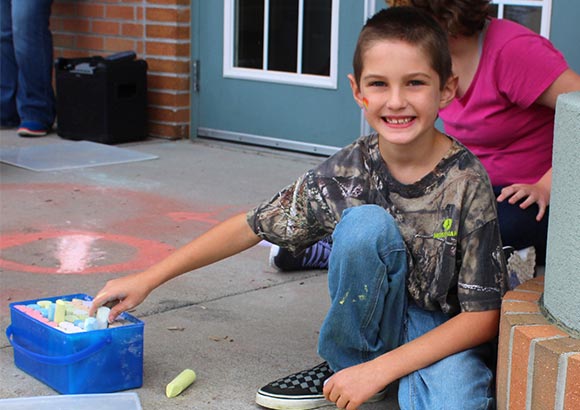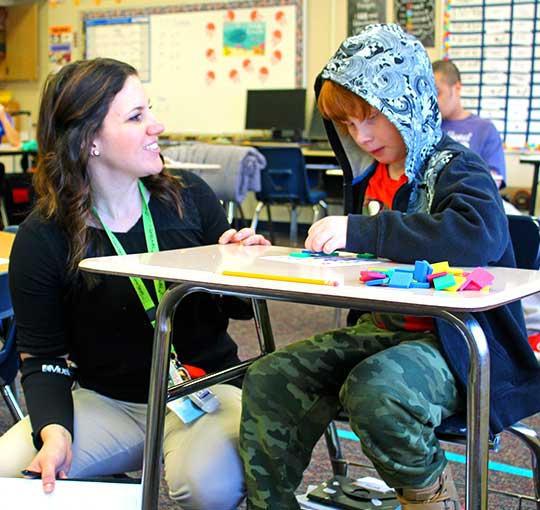New Story Schools strive to see a successful educational and behavioral outcome for all students, helping them overcome the challenges they face. Multi-Tiered System of Supports (MTSS) organizes levels of support based on intensity of need so students receive the instruction, support and interventions best for them.

Multi-Tiered System of Supports
Multi-Tiered Systems of Support is the comprehensive framework of support designed to assist all students in achieving success academically and behaviorally. Assessments determine which tier of support and interventions is most appropriate for the student.
Components of MTSS include:
- Multiple levels of emotional, behavioral and academic support
- Schoolwide approach to expectations
- Ongoing data collection and continual assessment
- Skills-based instruction
- Parent engagement
STARS Behavior Expectations
All New Story Schools students are taught about STARS expectations across all areas of the school. Expectations in different environments can be difficult to understand, which is why students in both autism support and emotional support are taught skills to succeed from arrival in the morning, through hallways and common areas, classrooms and dismissal.
- Set Goals:
students identify a personal goal each day
- Team Player:
work together and help peers succeed
- Accountable:
take responsibility for your actions
- Respectful:
use kind words, appropriate language, follow
directions and honor the privacy of others - Safe:
be aware of personal space, keep hands and feet
to yourself, use equipment safely

Terms You Will Hear
- Good Behavior Game
A classroom management system where teams within each classroom work to encourage each other to choose positive behaviors and avoid problem behaviors.
- Time Away
This procedure allows an opportunity for a student to remove themselves from the instructional environment in an acceptable manner for a period of time when experiencing difficult emotions.
- Direct Behavior Rating
Daily report for each student on their day in school. Areas are scored on a scale of 1-10 by school staff and reports are sent home to families to review and discuss with their students. Ratings are given for academic engagement, social interaction/pro-social communication and any destructive or dangerous behaviors.
- Intensive Intervention
Structured and therapeutic process to address significant problem behaviors, which includes perspective-taking, the teaching of replacement skills, problem-solving, processing and debriefing.
- School Store
Students can exchange earned tokens or points for preferred items or activities through the school store. Besides recognizing their positive behaviors mean access to fun and exciting things, students practice basic account management and purchasing.
- Tiers 1, 2, 3
Tier 1 includes school-wide supports for all students, such as the Good Behavior Game, Time Away, social-emotional learning or social skills instruction. Tier 2 targets a smaller percentage of students who continue to receive tier 1 supports and Check-In/Check-Out, smaller group instruction and increased progress monitoring. Tier 3 includes interventions from previous tiers and highly intensive and individualized supports such as functional behavior assessments and 1:1 staffing.
- Token Economy
This behavior change system increases appropriate student behaviors by rewarding tokens (or symbolic currency) when staff observes students using those appropriate behaviors. Students can then save and exchange their tokens for other items or activities in the school store.
- Self-Governance
Teaching students to help each other, solve problems, give compliments and contribute to the classroom structure enables them to have a voice in their community. New Story Schools focuses on what students can do for themselves and teaching self-governance is an important step.

